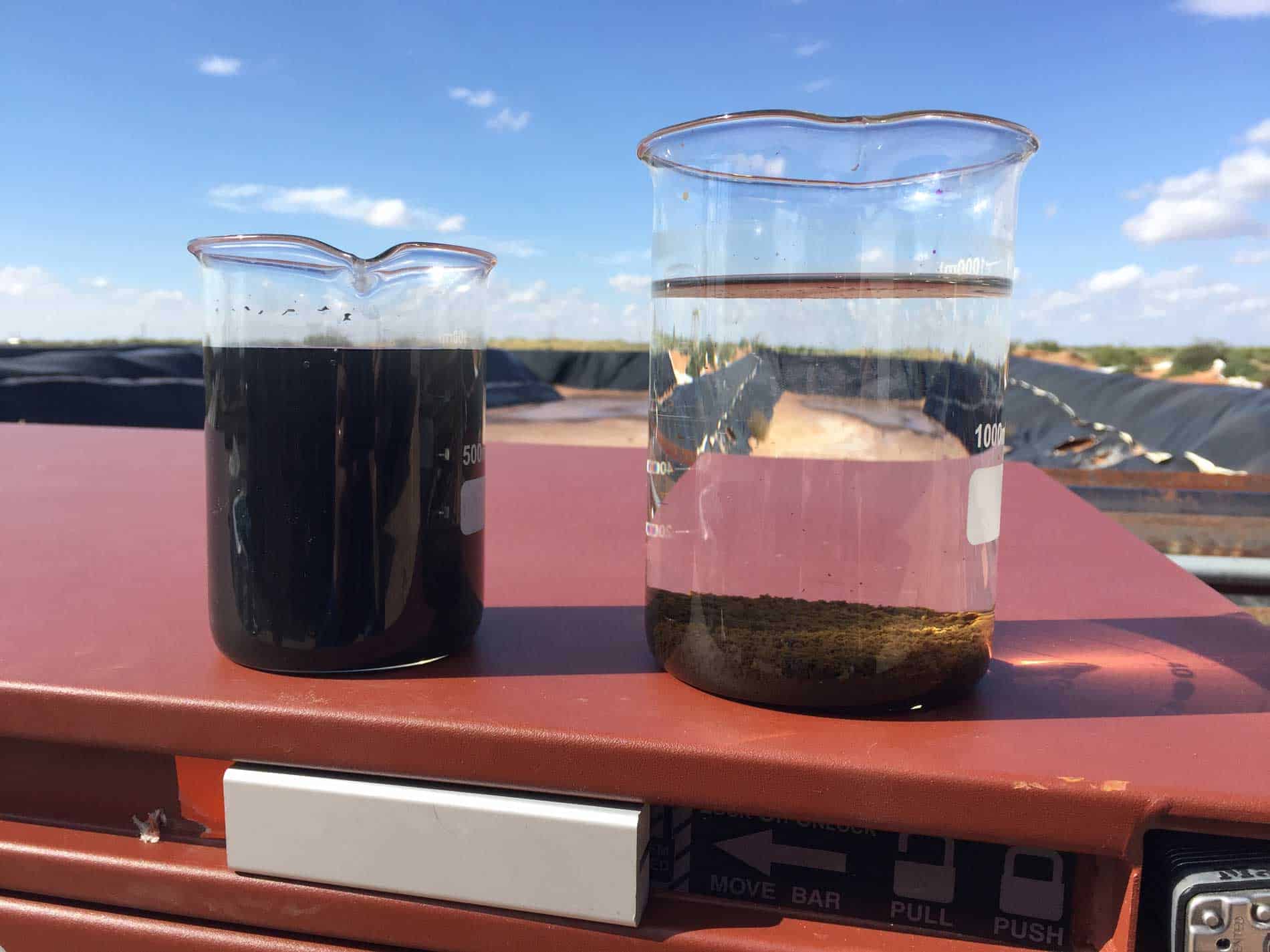Produced Water Oil-in-Water Content Test
The Produced Water Oil-in-Water Content Test is a critical analytical service designed to quantify the concentration of oil dispersed in water. This test plays an essential role in the oil and gas sector, particularly for produced water management during petroleum extraction processes. Understanding the oil content in produced water is crucial for regulatory compliance, environmental protection, and efficient resource recovery.
Produced water is a byproduct of oil and gas production that contains various hydrocarbons, dissolved solids, salts, and other contaminants. Effective monitoring of its oil-in-water content helps operators manage waste streams, optimize treatment processes, and minimize environmental impacts. This test aligns with international standards such as ISO 16092, which provides guidelines for the determination of water-soluble oils in wastewater.
For quality managers and compliance officers, accurate measurement of oil-in-water content ensures adherence to stringent regulations like those set by the U.S. Environmental Protection Agency (EPA) under the Clean Water Act. R&D engineers rely on this test to refine extraction techniques and improve water treatment methods. Procurement professionals can use these results to evaluate suppliers and ensure that produced water meets specified quality standards.
The testing process involves collecting representative samples of produced water, followed by a series of preparatory steps including filtration and conditioning. The oil-in-water content is then measured using advanced analytical instruments such as gas chromatography or infrared spectroscopy. Reporting includes detailed data on the concentration levels along with recommendations for further action if necessary.
By offering this service, our laboratory contributes significantly to sustainable operations within the oil and gas industry by providing reliable, standardized results that support informed decision-making.
Why It Matters
The importance of accurately measuring produced water’s oil-in-water content cannot be overstated. Regulatory compliance is paramount; failing to meet environmental standards can result in hefty fines and reputational damage for companies operating in this sector. From a business perspective, understanding the oil content allows for more efficient resource management, reduced disposal costs, and improved operational efficiency.
Environmental considerations are equally significant. High concentrations of oil in produced water pose risks to aquatic ecosystems if not properly managed. By quantifying these levels through our testing services, we help mitigate those risks, ensuring compliance with local and international environmental laws.
R&D engineers benefit greatly from precise measurements as they work towards developing new technologies that enhance resource recovery while minimizing adverse effects on the environment. Procurement teams also stand to gain by leveraging accurate oil-in-water content data when selecting suppliers or negotiating contracts related to produced water treatment services.
Benefits
- Regulatory Compliance: Ensures adherence to stringent environmental regulations, avoiding potential fines and legal issues.
- Resource Efficiency: Helps in optimizing resource recovery processes and reducing waste disposal costs.
- Environmental Protection: Minimizes the risk of oil contamination affecting aquatic life and ecosystems.
- Informed Decision-Making: Provides reliable, standardized data to support strategic business decisions related to produced water management.
International Acceptance and Recognition
The Produced Water Oil-in-Water Content Test is internationally recognized for its reliability and accuracy. Compliance with ISO 16092 ensures that our testing methods meet global standards, which is crucial for multinational oil and gas companies operating across different jurisdictions.
This recognition extends beyond just compliance; it also enhances brand reputation among stakeholders worldwide. By adhering to these international norms, we ensure consistency in quality assurance practices, fostering trust between industry players and regulatory bodies alike.





